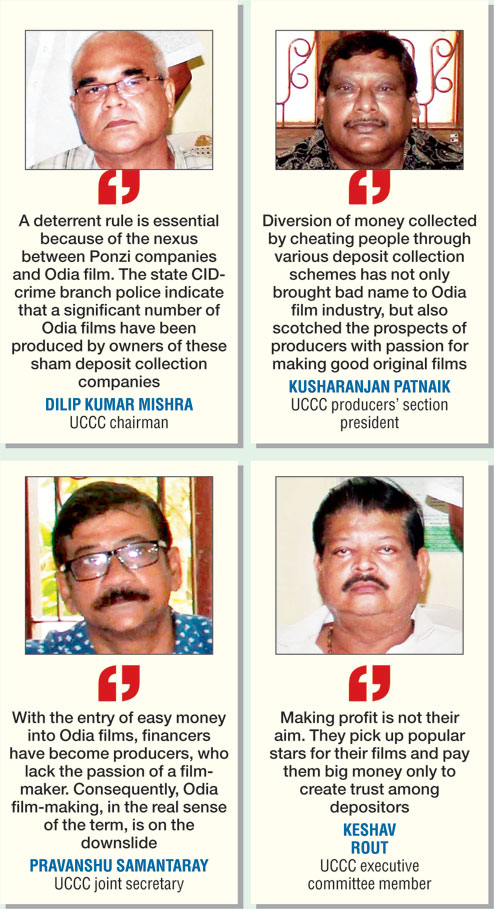
Paradip, June 8: The Indian Institute of Technology, Delhi, has identified the Paradip industrial hub as one of the country's critically polluted zones.
IIT Delhi had carried out the region's environment pollution assessment before the commissioning of Paradip refinery, which has an installed capacity of 15 million metric tonnes per annum (MMTPA), this year.
The bustling seaport township is home to at least three chemical industries - Iffco, PPL fertiliser plants and oil refinery complex - that contribute greatly to pollution.
The Central Pollution Control Board (CPCB) had entrusted IIT Delhi with the preparation of a comprehensive environmental pollution index (CEPI) in Paradip. The survey that was a composite measurement of air and water pollution and land degradation found the level of pollution to be 69.6, an index that shows the area borders on being a critically polluted zone. The CEPI for critically polluted zone stands at 70.
The IIT Delhi survey covered the nature of toxins, scale of industrial activity, level of ambient pollution, impact on humans and eco-geological features within a two-km radius of the industrial cluster, said senior environment scientist, Odisha State Pollution Control Board (OSPCB), Nihar Ranjan Sahu.
On the basis of the CEPI findings, the pollution control board is trying to reduce the level of pollution in Paradip. However, the pollution watchdog's claim notwithstanding, ambient air and water quality standards in Paradip leave much to be desired. While the World Environment Day was being observed on June 5, dead fish were found floating in the contaminated water bodies connected to the Mahanadi river system.
Industrial pollutants allegedly affect the creeks and water bodies passing through the Paradip industrial corridor. The oil leakage from Indian Oil Corporation's pipelines has become a recurring phenomenon resulting in the en masse death of fish and other aquatic species. Gypsum, an industrial waste from fertiliser plants, has also contributed to water pollution, said environment activist Sankhanad Behera.
Air pollution, too, has emerged as a major health hazard with a spurt in respiratory ailments in the port township. The air is often heavy with dust particles resulting from transportation of ore and such other material. This dust settles on plants in and around the town, said green activist Biswajit Mohanty.
Paradip port still does not have latest effluent treatment mechanism. The treatment plant installed in the 1970s has since become outdated. Though 48 metric tonnes of solid waste is generated on a daily basis in the port township, the solid waste management plant is yet to come up here.
"We have issued directions to both the port and civil administrations to put in place an effluent treatment plant and solid waste management project by March next year," said regional officer, OSPCB, Prasant Kumar Kar.
"The port authorities have been directed to formulate a comprehensive plan and implement it expeditiously to curb pollution. Owing to their efforts, the degree of air and water pollution in the core operational area of the port and the civil township has come down, but there is still room for improvement," added Kar. Indian Oil has been asked to replace its old pipelines with optical fibre digitalised pipelines to stop the recurrent leakage of oil.

